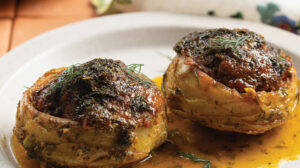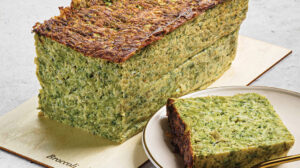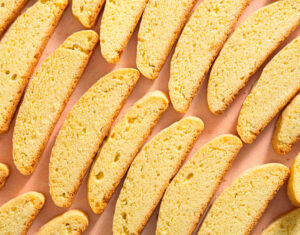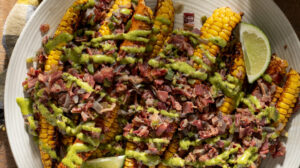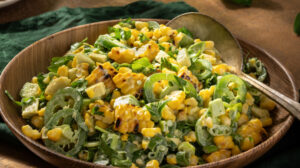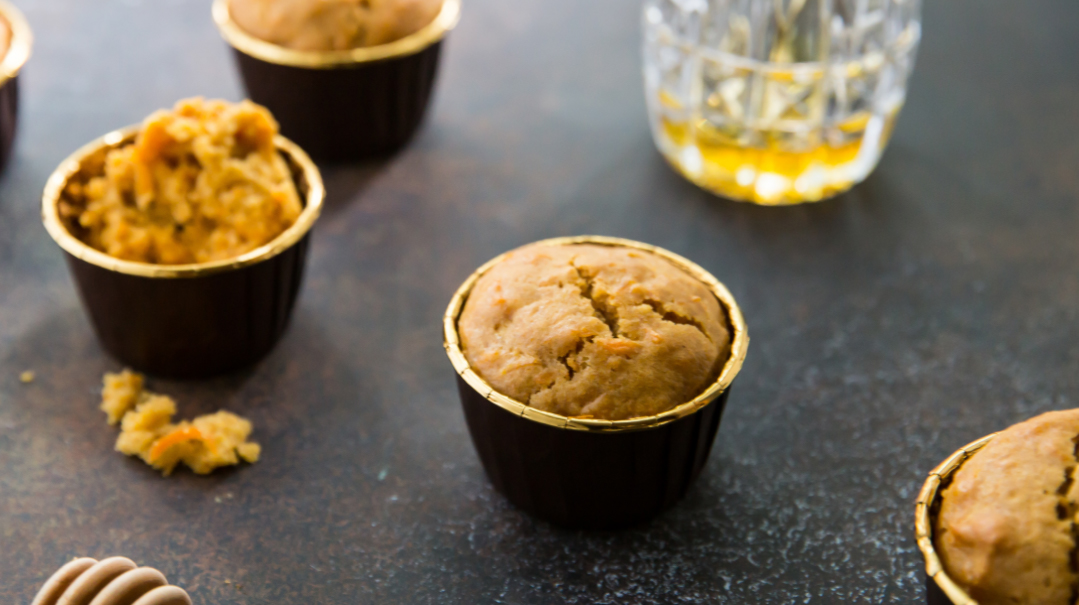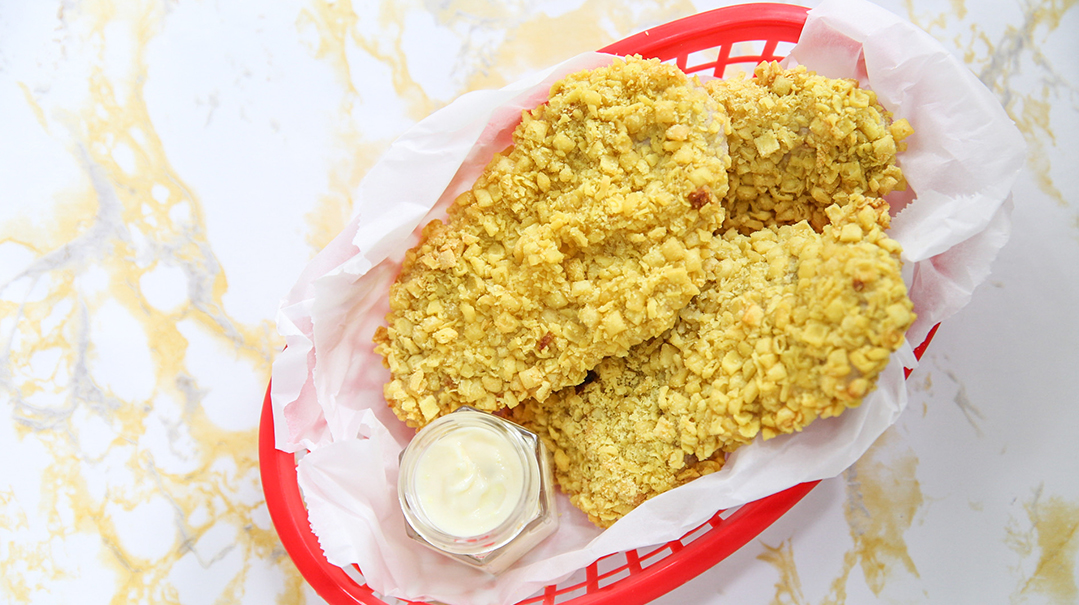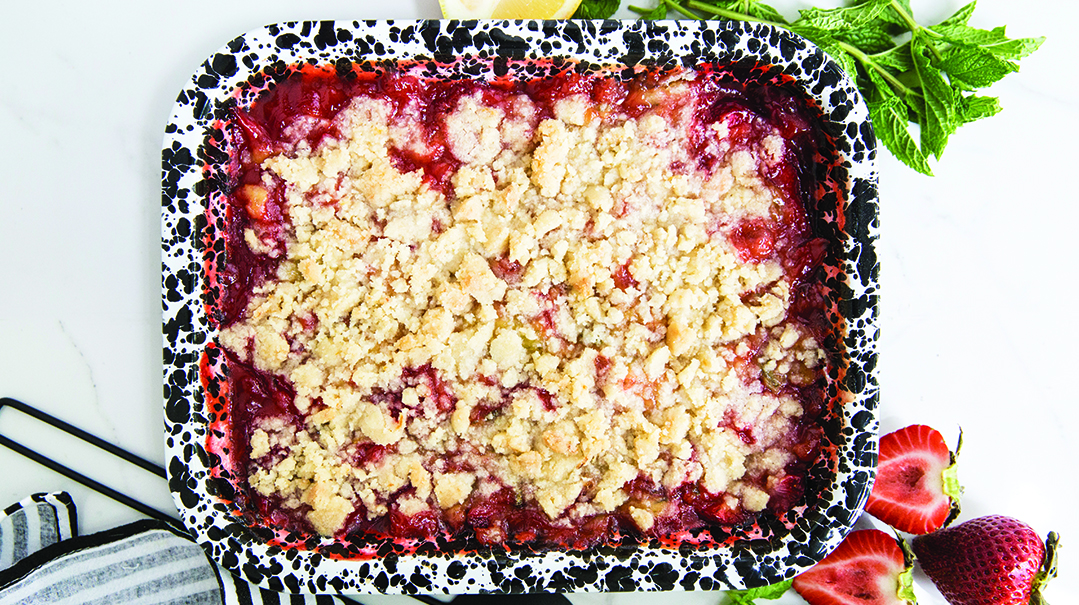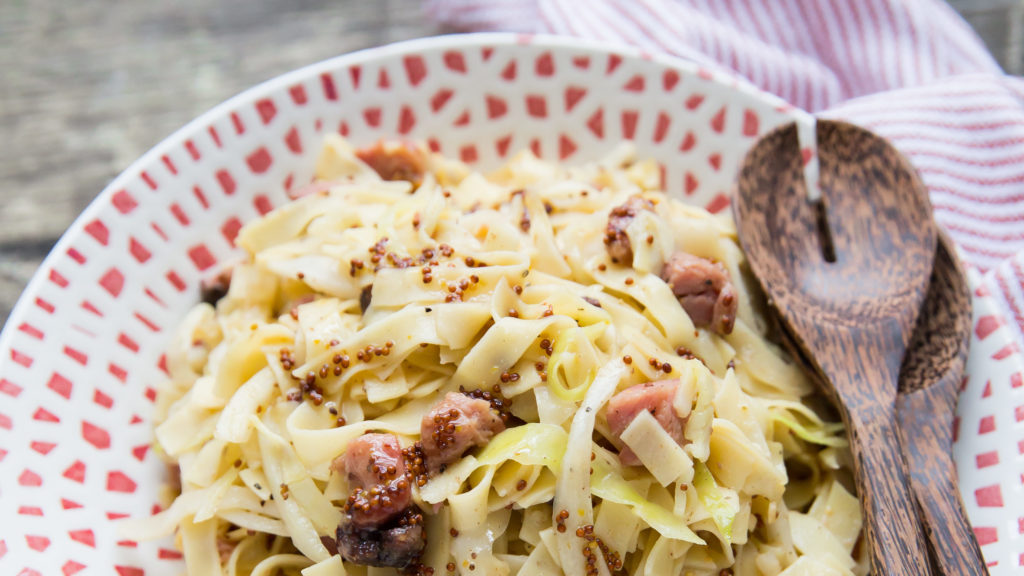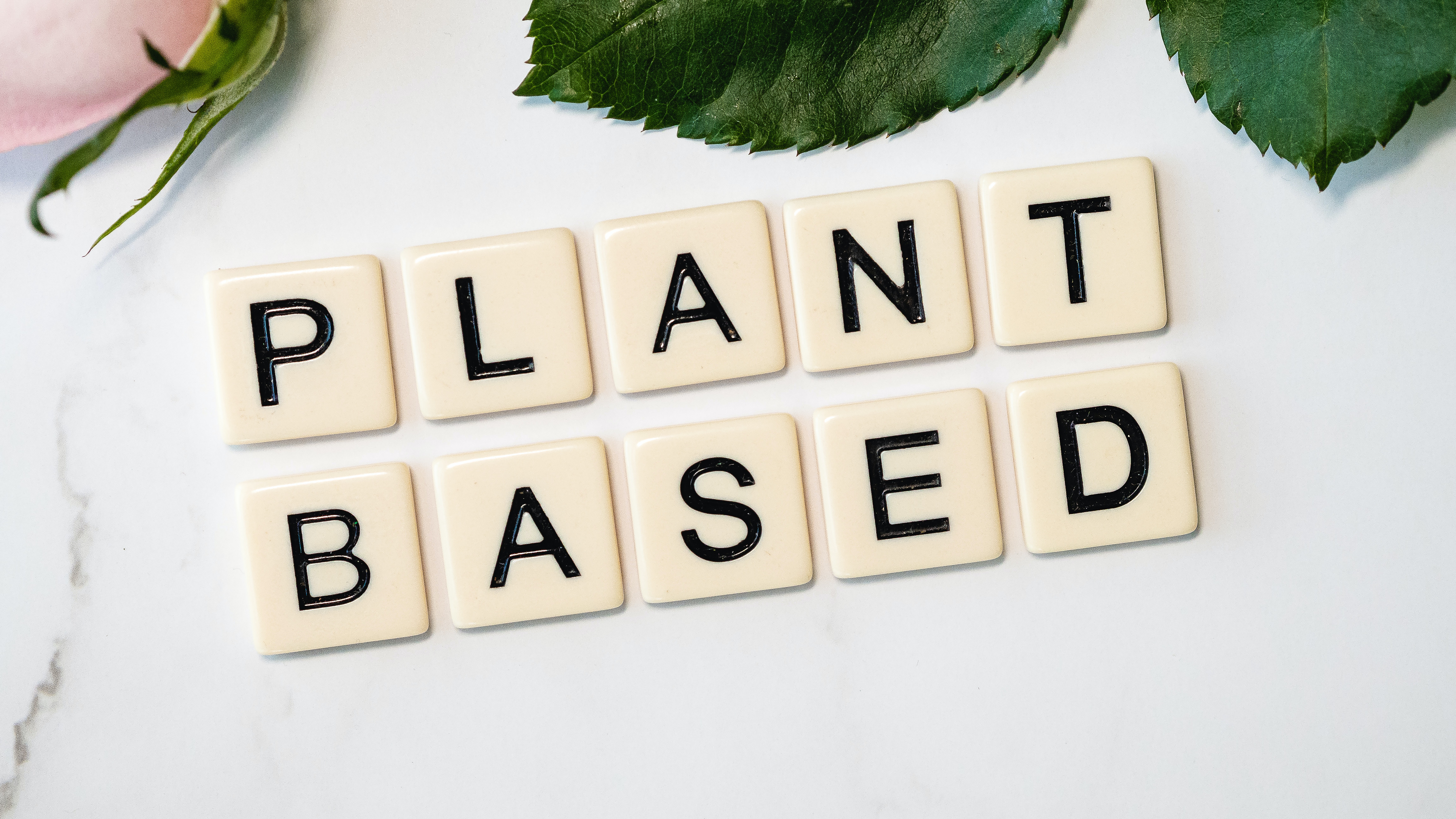Leeks

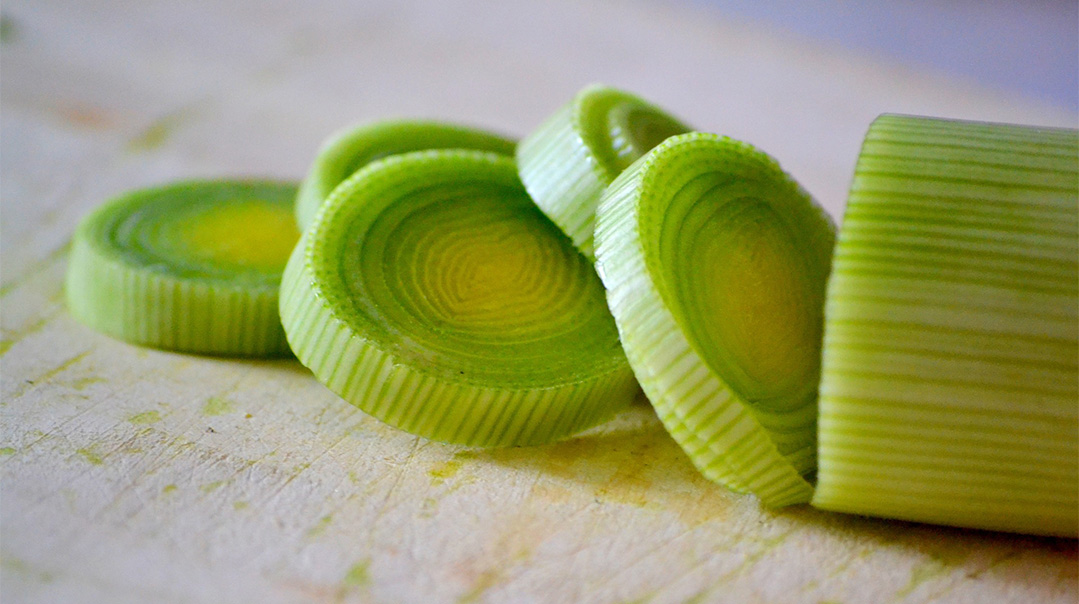
Leek, or karti, is one of the simanim eaten on Rosh Hashanah. They’re also my favorite food to eat from the chicken soup, but there are plenty of other ways to enjoy them too.
Leeks are a member of the allium or onion family, native to the eastern Mediterranean and the Middle East. They’re a bulbous vegetable with white flesh and leafy green tops that look similar to scallions, only a lot larger, with a sweeter and milder flavor.
Extra Credit
HOW TO BUY: Leeks are usually sold in bunches, generally about four leeks to a bunch. They’re available year-round in most markets, but the prime season is from September through the end of April. Select leeks with a clean, slender bulb; at least two to three inches of white; and firm, tightly closed dark green tops.
HOW TO USE: Leeks can be boiled, braised, fried, or roasted. They can be treated like onions, sautéed in butter or olive oil or caramelized. They make a great addition to soups, casseroles, and meat and chicken entrées. They can also stand on their own when braised or sautéed for a simple side dish.
HOW TO CLEAN:
- If preparing whole: Cut off the roots and dark green ends and cut the leeks in half lengthwise. Rinse under running water, peeling back the layers to remove dirt and sand.
- If slicing: Slice crosswise and place in a bowl of water, separating the layers with your fingers. Agitate the water with your hands to dislodge any dirt or sand. Use a sieve or slotted spoon to remove the leeks from the water and drain on paper towels.
HEALTH BENEFITS: Leeks are a good source of fiber and vitamins A, C, and K, and also include vitamin B6, iron, and magnesium. Eating leeks regularly can boost the immune system, improve good cholesterol levels, and help reduce blood pressure.
Click here for Braised Leeks recipe!
(Originally featured in Family Table, Issue 710)
Oops! We could not locate your form.

